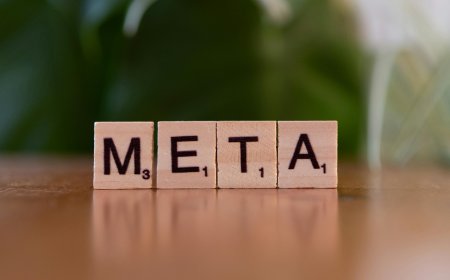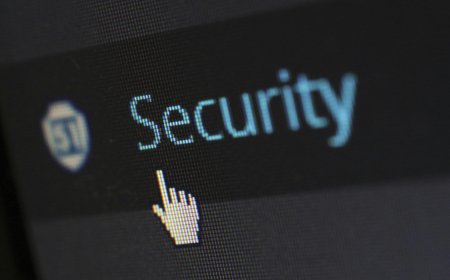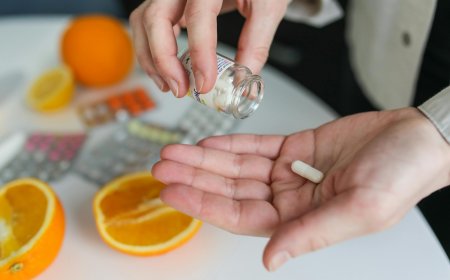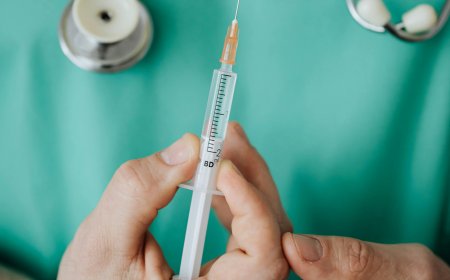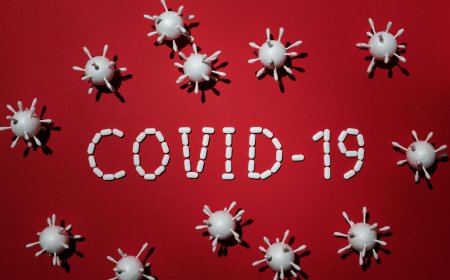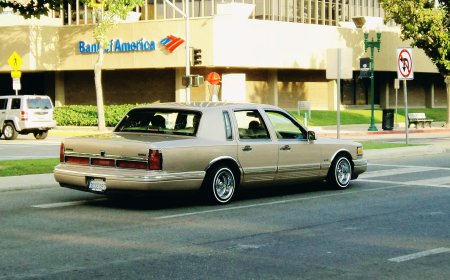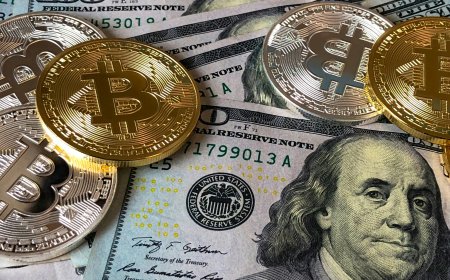Ozempic Now Available at Half Price for US Cash-Paying Patients
Novo Nordisk slashes Ozempic’s price to $499 for US cash-paying patients, aiming to expand access and counter drug cost criticism.

For millions of Americans battling diabetes—and increasingly, obesity—one of the biggest barriers to treatment has always been cost. This week, that wall cracked. Novo Nordisk announced it will make Ozempic available for $499 a month for patients who pay cash, slashing the price nearly in half for those bypassing insurance.
The move arrives amid mounting political and public scrutiny over the soaring cost of GLP-1 drugs, a class of medicines fueling both health transformations and billion-dollar revenues. For Novo Nordisk, it’s both a defensive maneuver against criticism and a way to reclaim ground lost to copycats and rivals.

A Game-Changer for Cash-Paying Patients
Ozempic, a semaglutide-based injection originally developed for type 2 diabetes, has become one of the most in-demand drugs in America. Its popularity skyrocketed after doctors began prescribing it off-label for weight loss, sparking shortages and even a booming gray market of compounded knockoffs.
Now, Novo Nordisk is offering a direct-to-consumer price of $499 per month, available through its NovoCare Pharmacy and other platforms like GoodRx. The offer applies to patients with a valid prescription who choose to pay out of pocket.
Considering the drug’s typical list price hovers just under $1,000 per month, the new initiative marks a significant shift. For uninsured patients or those with poor drug coverage, it could mean the difference between treatment and going without.
Why Novo Nordisk is Cutting Prices
The decision isn’t purely altruistic—it’s strategic. Several forces are converging:
- Political pressure: Former President Donald Trump and lawmakers have spotlighted GLP-1 drugs as examples of U.S. drug pricing excess, noting that the same medications are far cheaper abroad.
- Competition: Eli Lilly has introduced discounts for Zepbound, its GLP-1 rival, fueling a price war for patients paying cash.
- Gray market threats: Compounding pharmacies continue selling semaglutide-based alternatives, which remain popular despite the FDA removing shortages from its official list.
- Public relations: By lowering costs, Novo Nordisk positions itself as a patient-first company, aiming to blunt criticism from politicians and frustrated consumers alike.
As Dave Moore, executive vice president of Novo Nordisk’s U.S. operations, put it: “If even a single patient feels forced to turn to potentially unsafe alternatives, that’s one too many.”
How the New Cash Price Works
Patients seeking the reduced price must:
- Have a valid prescription for Ozempic.
- Pay out of pocket rather than using insurance.
- Purchase through NovoCare Pharmacy, Novo Nordisk’s direct-to-consumer platform, or through partnered discount services such as GoodRx.
This model bypasses insurers and pharmacy benefit managers (PBMs), aligning with Trump’s push to cut middlemen from the prescription drug supply chain.
The Broader Context: GLP-1 Drugs and America’s Health Crisis
The rise of Ozempic and its sister drug Wegovy represents a watershed moment in U.S. healthcare. GLP-1 medications not only control blood sugar but also curb appetite, leading to dramatic weight loss. They’ve been hailed as revolutionary tools in tackling type 2 diabetes and obesity—conditions that collectively cost the U.S. healthcare system hundreds of billions annually.
Yet, access remains uneven. Insurers are more willing to cover Ozempic for diabetes than Wegovy for obesity, leaving many patients stuck paying full retail prices. The new $499 price point, while still significant, broadens access to a wider swath of Americans.
A Patient’s Story: The Human Side of High Drug Costs
For 46-year-old Melissa Johnson of Dallas, Ozempic wasn’t just a prescription—it was hope. Diagnosed with type 2 diabetes five years ago, she struggled with both blood sugar control and weight. Her doctor recommended Ozempic, but her insurance denied coverage.
“The pharmacy quoted me $975 a month,” she recalled. “That’s more than my rent. I cried in my car because I knew I couldn’t afford it.”
When Melissa heard about the new $499 cash option, she immediately contacted her doctor. “It’s still a lot of money,” she said, “but at least now it’s possible. Before, it felt impossible.”
Stories like Melissa’s are why the announcement is resonating far beyond the pharmaceutical industry. For patients, this isn’t just about economics—it’s about dignity, health, and survival.
The Market Impact: Competition Heats Up
The GLP-1 drug market has become one of the fiercest battlegrounds in pharmaceuticals. Analysts project it could reach $100 billion annually by the end of the decade.
- Eli Lilly has already undercut Novo Nordisk with Zepbound discounts.
- Compounding pharmacies remain a thorn, offering unregulated alternatives at lower prices.
- Investors are watching closely: lowering prices could dent profit margins, but it may also expand the market dramatically.
Novo Nordisk hopes that by controlling distribution and pricing, it can outmaneuver rivals while keeping consumers loyal to its FDA-approved products.
Political and Regulatory Pressures
The move also dovetails with broader debates about U.S. drug costs. Lawmakers have long criticized pharmaceutical companies for charging Americans far more than patients in Europe or Canada for identical medications.
By introducing a cash-pay option, Novo Nordisk is signaling cooperation with policymakers. At the same time, the company maintains its high list price for insurers, keeping reimbursement revenues intact.
This dual pricing strategy reflects a delicate balance: easing public outrage without undermining the company’s core profit engine.
Will $499 Be Enough?
Critics argue that even half-price Ozempic remains out of reach for many working-class Americans. A $500 monthly expense is still prohibitive for those without robust savings.
Advocates suggest further reforms are needed, including:
- Expanding insurance coverage for obesity treatments.
- Regulating pharmacy benefit managers to ensure savings reach patients.
- Continuing federal negotiations on drug pricing.
Still, for patients like Melissa, the new price represents progress. “It’s not perfect,” she said, “but it’s a step in the right direction.”
Conclusion: A Landmark Shift in U.S. Drug Pricing
Ozempic’s new cash price marks a watershed moment in the fight over drug affordability. By halving the cost for self-paying patients, Novo Nordisk is not only expanding access but also reshaping the pharmaceutical landscape.
For patients, it’s a lifeline. For competitors, it’s a challenge. And for policymakers, it’s proof that pressure can move even the world’s biggest drugmakers.
Whether $499 becomes a new standard—or just a temporary maneuver in a high-stakes battle—remains to be seen. But one thing is clear: the future of healthcare in America will be written not just in laboratories and clinics, but in pricing strategies that determine who can access life-changing medicine.
FAQs
1. What is the new price of Ozempic for cash-paying patients?
Novo Nordisk is offering Ozempic for $499 per month to patients who pay cash with a valid prescription.
2. Where can patients buy Ozempic at the reduced price?
Through NovoCare Pharmacy, Novo Nordisk’s website, GoodRx, and other partnered discount services.
3. Why is Novo Nordisk lowering Ozempic’s price?
To respond to political pressure, counter competition from Eli Lilly and compounding pharmacies, and expand access to patients without insurance coverage.
4. Does insurance still cover Ozempic?
Yes, many insurers cover Ozempic for diabetes but are less likely to cover it for weight loss. Novo Nordisk also offers separate discount programs for insured patients.
5. Is $499 affordable for most patients?
It’s still costly for many households, but the lower price is more accessible than the near-$1,000 list price. Advocates continue to push for broader reforms.
What's Your Reaction?
 Like
1
Like
1
 Dislike
0
Dislike
0
 Love
0
Love
0
 Funny
0
Funny
0
 Angry
0
Angry
0
 Sad
0
Sad
0
 Wow
0
Wow
0

























